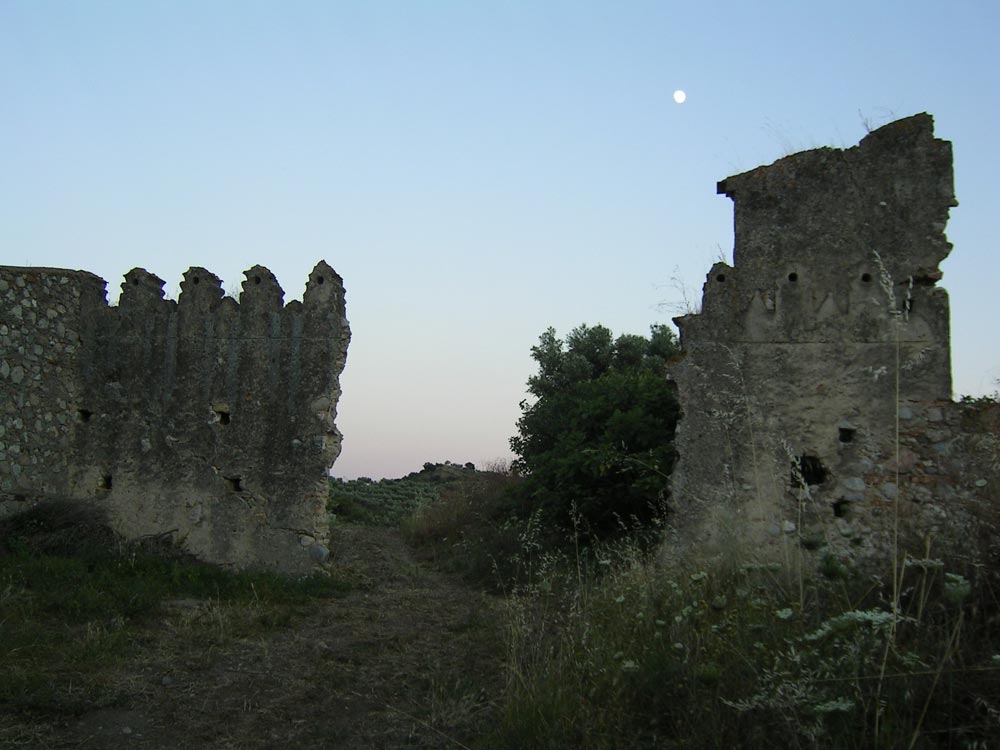Villages and historical hamlets
Surrounded by luxuriant and uncontaminated nature, the old town centers and the attractive hamlets near the Reserve are a marker of incredible historical and cultural heritage:
Sersale, with its ancient traditional handicraft and several artistic expositions;
Zagarise, still conserving a gothic church, a Norman tower and several frescoes painting of high artistic value in the “Chiesa del Rosario”;
Cerva, with its sturdy buildings of the nobility, its graffiti walls and Museums of chestnut and pottery;
Cropani, still conserving fourteen feudal coat of arms, with its admirable dome whose main façade in Romanesque style presents a gate dating back to the fifteenth century, adorned by a bell tower of 47 meters high.
Moreover, the historical, mythological and cultural wealth of the place is attested by the remains of ancient hamlets, castles and monasteries – such as the hamlet of Marcaglione and the Monastery of Santi Tre Fanciulli – along with the ruins of a lost town called Barbaro.
The legendary town of Barbaro
The memory of the town of Barbaro is pervaded by a legendary atmosphere. It is said, in fact, that the town of uncertain origins and much more mysterious downfall had fallen under the domination of the Saracens and that Carlo Magno had sent Orlando and other valiant paladins in order to set it free. Enraged by the evil spells of a witch, all the paladins died, except Orlando, who managed to free the city with his courage and valor.
Many authors of ancient times have quoted in their works a legendary town whose name is Barbaro, such as Father Fiore of Cropani (seventeenth century):
Few memories are found of this house neither writers of the matters of Calabria, nor do I know why, although it has been of very ancient origin, and sadly not very modern. In a handwriting work we read about somebody whose name was Silone Barba, returning back from Troy – already ruined – together with the other Greeks, he finally lands with his people in the Gulf of Squillaci at the mouth of the river, commonly called Uria (daughter’s name of King Priamo). Mostly annoyed by the longstanding navigation, he decided to explore the core of the mountain, in a place of very healthy air, and wellbeing of human living, he threw the first foundations at a large land, which taked his surname and called it Barbato, and lately Barbaro.
In Sersale and Zagarise a rich oral memory of the city of Barbaro has always been transmitted until our days. Its remains consist of important vestiges made by a perimeter wall (at least 5 sides) on the hill of the same name.
The remains of the city are located on the top of a hill situated in between the Uria River and the Catoie trench, with a typical aspect of a fortified town delimited by walls along all the sides.




.jpg)
